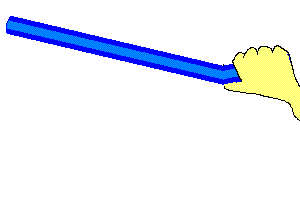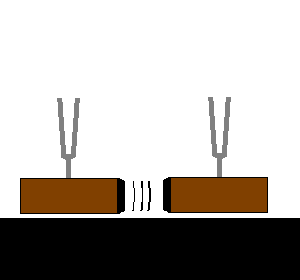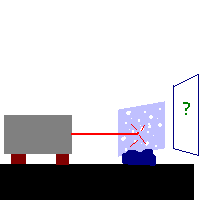
 |
| Mechanics Fluids Heat Waves & Sound Light Electricity & Magnetism Modern Physics Chemical Reactions |
32. Standing Waves
 |
(TOC) |
 | (TOC) |
34. Freak Pipe
 | (TOC) |
35. Sympathetic Resonance***NEW!***
 | (TOC) |
36. Garden Trumpet***NEW!***
 | (TOC) |
 | (TOC) |
 |
(TOC) |
39. Periscope Reflection
 | (TOC) |
40. Refraction
 | (TOC) |
41. Concave Mirror
 | (TOC) |
42. Reflection
 |
(TOC) |
43. Total Internal Reflection
 | (TOC) |
 | (TOC) |
45. Polarization I
 | (TOC) |
46. Polarization II
 | (TOC) |
Copyright ©2000-2005, PhysicsLessons.com
If you have any suggestions, questions or comments email us!